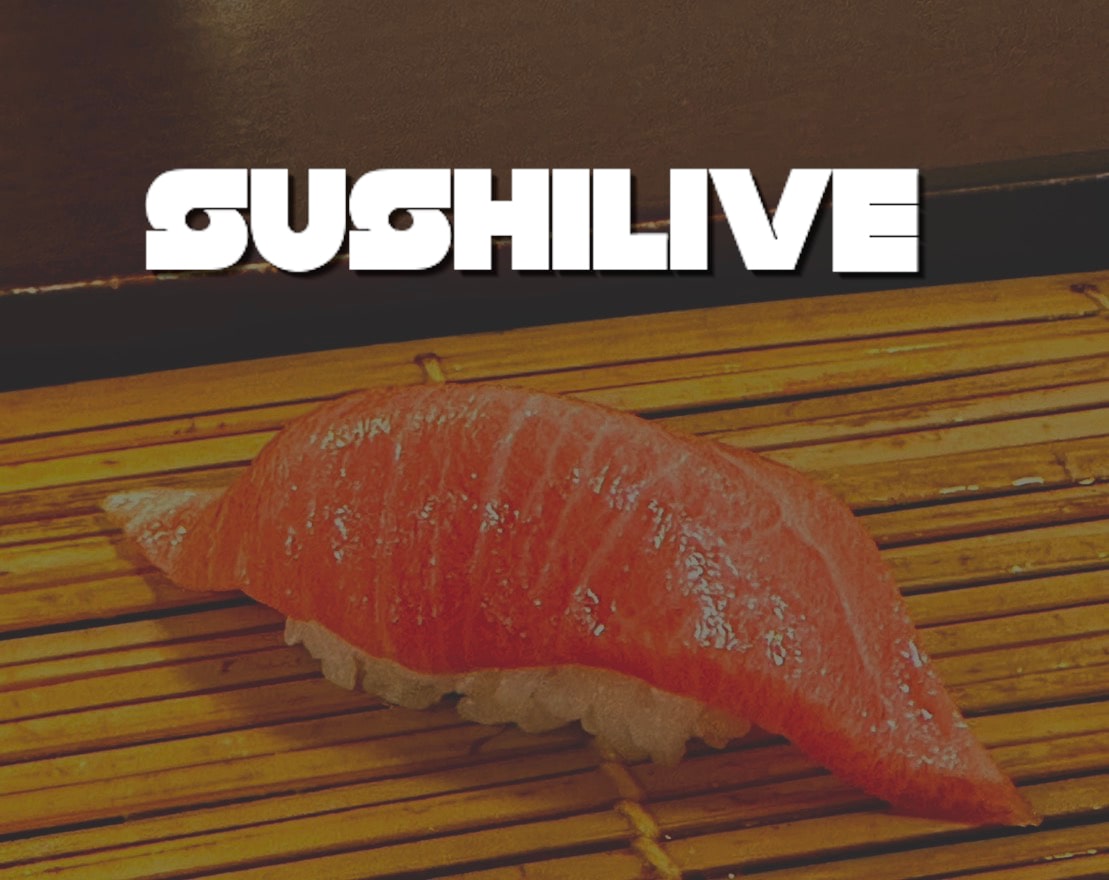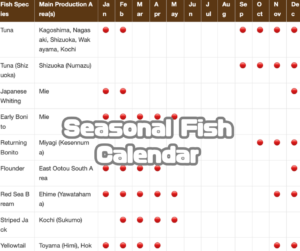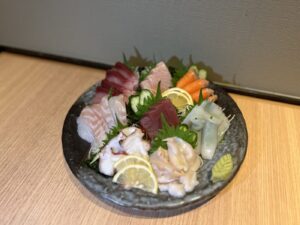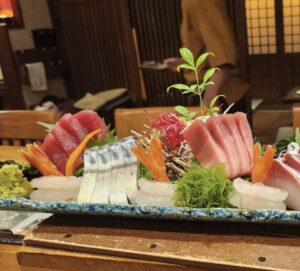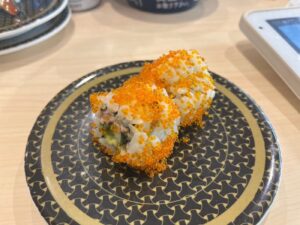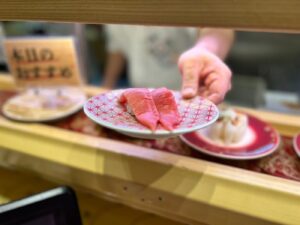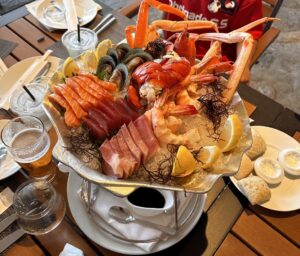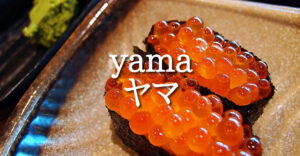Many people love their favorite sushi toppings, but did you know that there are different types of sushi rice, not just different fish? In this article, we’ll introduce the differences between red and white sushi rice and delve into the history of Edo-style sushi, which played a pivotal role in the development of red sushi rice.
White Sushi Rice: The Common Choice

Sushi rice, known as “shari,” forms the foundation of sushi toppings. Shari plays a crucial role in enhancing the flavors of sushi toppings and is carefully crafted by each sushi restaurant with its unique preferences. Different types of vinegar, whether a single variety or a combination of two or more, are used in making shari. The proportions and choice of vinegar can vary from one sushi restaurant to another, and adjusting sweetness and acidity in shari is essential.
Typically, sushi restaurants use “white vinegar made from rice” to prepare shari. Shari made by mixing white vinegar with rice is referred to as white sushi rice (“white shari”). Nowadays, some sushi chefs go beyond just mixing vinegar and rice; they add flavors by incorporating dashi, often made with kombu (kelp), when cooking the rice. This means that even the shari alone can offer a distinct taste unique to each sushi restaurant.
Preserving Edo-style Sushi Tradition with “Red Sushi Rice”

On the other hand, there are sushi restaurants that adhere to the traditional Edo-style sushi method, which involves using “red sushi rice” instead of white vinegar. Red sushi rice is made by mixing red vinegar with rice. Red vinegar is produced through the fermentation of sake lees, and it has a stronger aroma and a mellower flavor compared to the white vinegar made from rice. The inclusion of nutrients from sake lees causes the vinegar to take on a reddish hue, hence the name “red sushi rice.”
While red sushi rice is not as commonly found in sushi restaurants today, it was prevalent during the Edo period when Edo-style sushi first gained popularity. The term “Edo-style sushi” has various definitions, but originally, it referred to sushi made using fish caught in Tokyo Bay (known as “Edo” at the time). One of the sushi chefs credited with perfecting Edo-style sushi during the Edo period, Hanaya Yohei, also used red vinegar in his shari preparation.
During the Edo period, many sushi establishments operated in a format similar to what we now think of as food stalls. The method of service was different from today, as sushi was not prepared in front of customers, but rather, customers would choose their preferred items from pre-made selections arranged in wooden boxes. The style of hand-pressed sushi, known as “nigirizushi,” remained consistent, but the portions were typically two to three times larger than those seen today. To give you a modern point of reference, envision a standing soba noodle shop.
In the absence of modern refrigeration techniques during the Edo period, serving raw fish outdoors was challenging. To overcome this, various culinary techniques such as grilling, marinating in vinegar or salt, and simmering were developed. Just as with sushi toppings, vinegar was added to shari to prevent drying and spoilage. Vinegar also enhanced the flavor of both the toppings and the rice.
Matching Sushi Toppings with Red and White Sushi Rice

As mentioned earlier, traditional Edo-style sushi toppings are well-suited to red sushi rice. During the Edo period, Tokyo Bay was larger and had a greater abundance of seafood compared to today. The bay yielded a variety of seafood, including whitefish like flounder (“hirame”), oily fish like mackerel (“saba”) and bluefish (“aji”), as well as tuna (“maguro”) and conger eel (“anago”).
Here are some representative sushi toppings from Edo-style sushi:

Tuna (“Maguro”): Tuna is a centerpiece of Edo-style sushi. Serving high-quality tuna was a significant factor in determining the reputation of sushi restaurants during that time. It’s said that some restaurants wouldn’t open their doors if they didn’t have good-quality tuna to offer. Surprisingly, tuna was not commonly eaten raw in the past due to the lack of refrigeration. Instead, it was typically marinated in a mixture of soy sauce, mirin, and sake, creating a dish known as “tsuke maguro.” Tsuke maguro remains a popular offering in Edo-style sushi restaurants to this day.
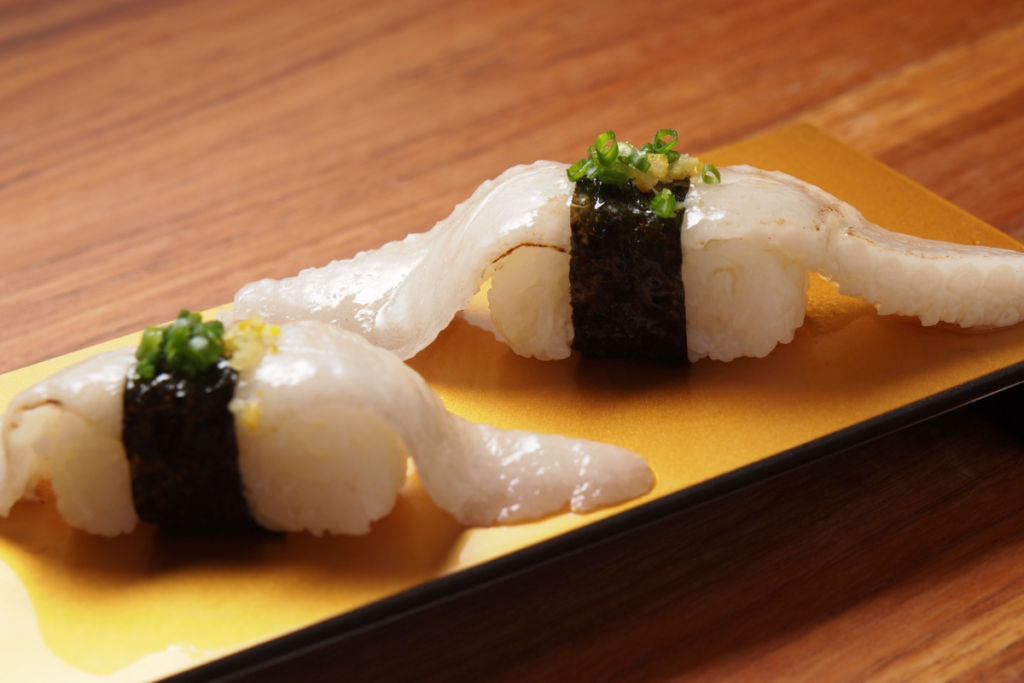
Flounder (“Hirame”): Among white-fleshed fish, flounder, especially when marinated with kombu, is known to pair exceptionally well with red sushi rice. Kombu-marinated hirame helps preserve the freshness of the ingredient while enhancing its flavor, making it an ideal choice as the first sushi topping.
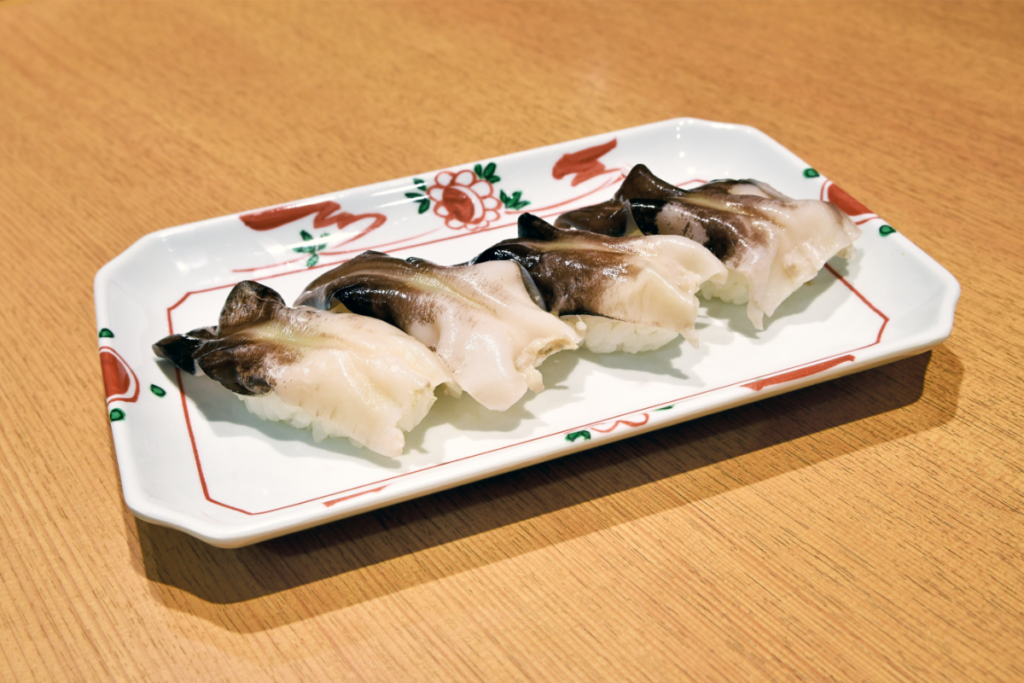
Clams (“Hamaguri”): Hamaguri clams are recommended as a representation of simmered dishes in sushi. During the Edo period, an abundance of hamaguri clams was harvested in Tokyo Bay, and they became a readily available sushi topping. Preparing hamaguri correctly was crucial because overcooking would compromise its flavor and texture, showcasing the skills of the sushi chef.

Kuruma Ebi: Kuruma ebi, or prawn, is a traditional sushi topping in Edo-style sushi. Alongside Ise Ebi (spiny lobster), it is considered a premium seafood choice and can be enjoyed both raw and boiled. Its vibrant red and white appearance adds to its visual appeal.

Kohada: Vinegar-pickled gizzard shad, known as “kohada,” is an indispensable sushi topping in Edo-style sushi. Preparing kohada requires meticulous care and time, as it involves removing small bones. This topping reflects the skill and dedication of the sushi chef and is often used as a litmus test for their expertise.
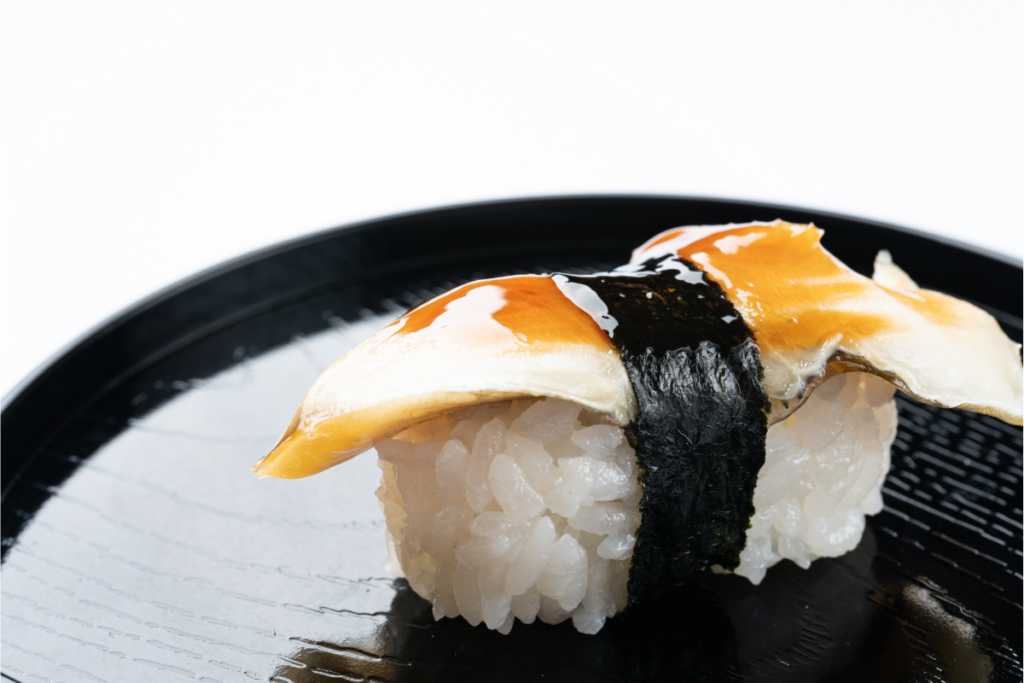
Anago: Conger eel, or “anago,” offers various preparation methods and seasonings, showcasing the versatility of Edo-style sushi. It can be simmered, grilled, or prepared with different seasonings like salt, wasabi, or sauce. Sushi chefs take pride in their unique approaches to anago, making it a sought-after sushi topping.

Tamago (Sweet Omelette): Tamago, or sweet omelette, is a popular sushi topping enjoyed by people of all ages. Edo-style sushi’s tamago is typically made differently from the traditional dashimaki tamago and often incorporates minced fish or shrimp. It is characterized by a distinctive folding technique known as “kura-gake,” where the tamago is cut into approximately 5-centimeter squares, sliced down the middle, and opened up like a priest’s stole. As there is less shari inside, the tamago’s flavor shines through.
In Conclusion
As mentioned earlier, most sushi restaurants today use white sushi rice for their dishes, so there isn’t a specific set of sushi toppings that exclusively pair with red sushi rice. However, some sushi restaurants have started using both red and white sushi rice to introduce variety and change. How did you find this exploration of “red sushi rice”? We hope that this article has piqued your interest in visiting authentic Edo-style sushi restaurants to experience it firsthand.

